What’s one of the most important parts of all sales copy?
Emotion!
Without it, your promotion is like wet cardboard.
And I’ll let you imagine how nasty that is. 😂
Naturally, one of your goals as a copywriter is to create emotions that keep readers glued to the page.
But, not just any emotion…
Emotions specific to that audience.
Not everybody.
After all, each group of readers has distinct feelings, desires, and pains.
Target those.
How?
By using these five copywriting emotional triggers.
1. Help them imagine using the product
Imagination is crazy.
You can literally smell, taste, see, and hear anything at the snap of a finger.
See where I’m going with this?
Helping customers imagine using the product is a guaranteed way to create emotion.
Why?
Simply because what we visualize creates associated feelings.
Visualize something good = happy feelings.
Visualize something bad = sad feelings.
Both have their place in advertising and copywriting.
But, how do you do this?
Firstly by using so much vivid detail that the customer can’t help but smile and imagine using the product.
Look at this advertisement for Rolls Royce written by David Ogilvy:
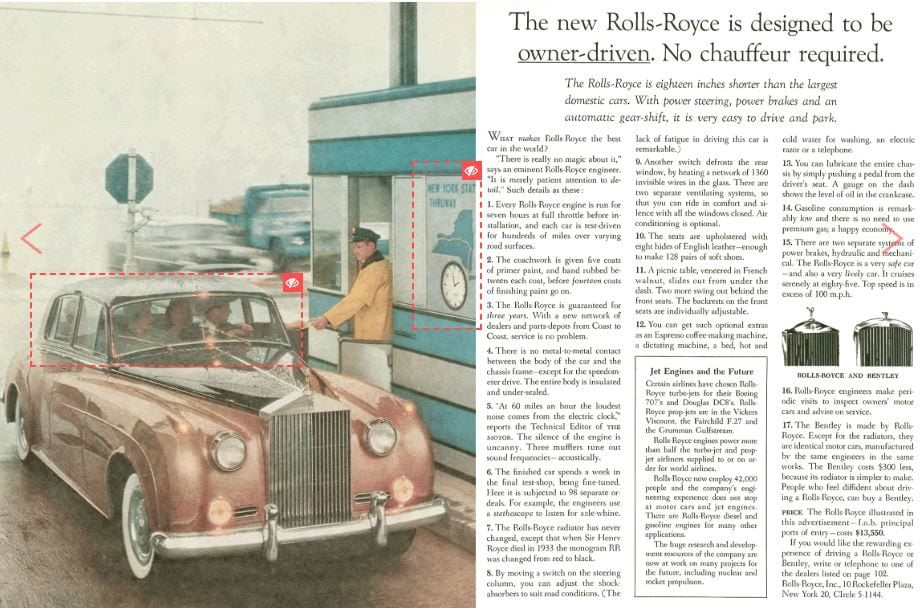
The sub-title reads “The Rolls-Royce is eighteen inches shorter than the largest domestic cars. With power steering, power brakes and an automatic gear-shift, it is very easy to drive and park.”
Not only does this provide a unique value proposition, it instantly paints a picture of how using the car would feel.
It doesn’t stop there, though.
David touches on the intricacies of the paintwork, insulation, silent engine, comfortable seats, and more.
Readers are able to easily imagine all of the features because of this.
Give customers as much detail about the product so they don’t have to physically hold it to experience it.
2. Create a sense of fear
There is one emotion that is built into all of our reptilian brains…
Do you know what it is?
Fear.
This is produced from the part of the brain called the amygdala.
And, it has a good function.
It prevents us from doing stupid things and keeps us safe.
Consumers commonly buy products because of a fear or pain point, as well.
Maybe it’s a fear of losing money…
Maybe it’s a fear of not acquiring customers…
You get the point.
Addressing this fear and elaborating on it is a guaranteed way to catalyze emotion.
Check out the home page for Churnly:
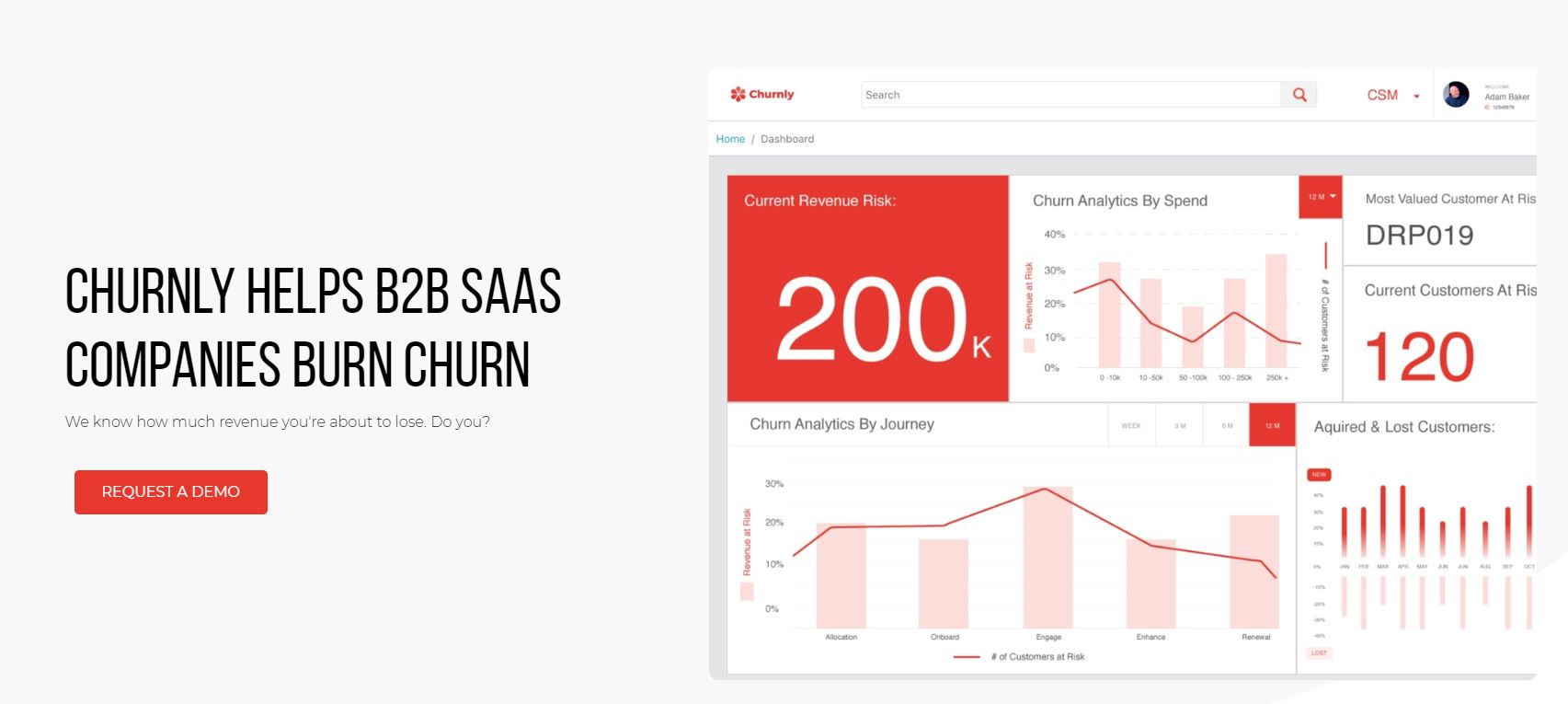
They are churn prevention software that helps companies retain customers.
The sub-title reads “We know how much revenue you’re about to lose. Do you?”
Brilliant! I love it.
This directly states the customer’s pain point about losing customers which will make them think of recent losses.
Not only does this create emotion to prompt taking action, but it also makes them realize they’re in the right place.
It’s a business that understands their problem and has a solution.
3. Make them desire the product
You can have the coolest product in the world, but if there’s no desire to buy it, sales will be dry.
So, customers have to want it with all of their soul.
They can’t live without it.
They need it now.
Not having your product is worse than death.
That’s how customers should feel.
But, how do you achieve that?
By clearly elaborating on the life-changing benefits of the product.
Because here’s the reality…
Most companies make a BIG mistake.
They only focus on the features of a product.
Let’s say you’re selling a television.
It’s 60″, high definition, has Bluetooth, and all of that stuff. Cool.
That doesn’t mean anything, though.
Instead, you should mention that:
- The 60″ screen allows viewers to enjoy their favorite movies and shows than smaller models.
- They can watch TV with friends and family and enjoy spending time together.
- Bluetooth connectivity makes it quick and easy to watch YouTube videos or media from a smartphone.
A.K.A the benefits of those features.
These are emotional and experience-driven.
Here’s an example from an online personal training service:
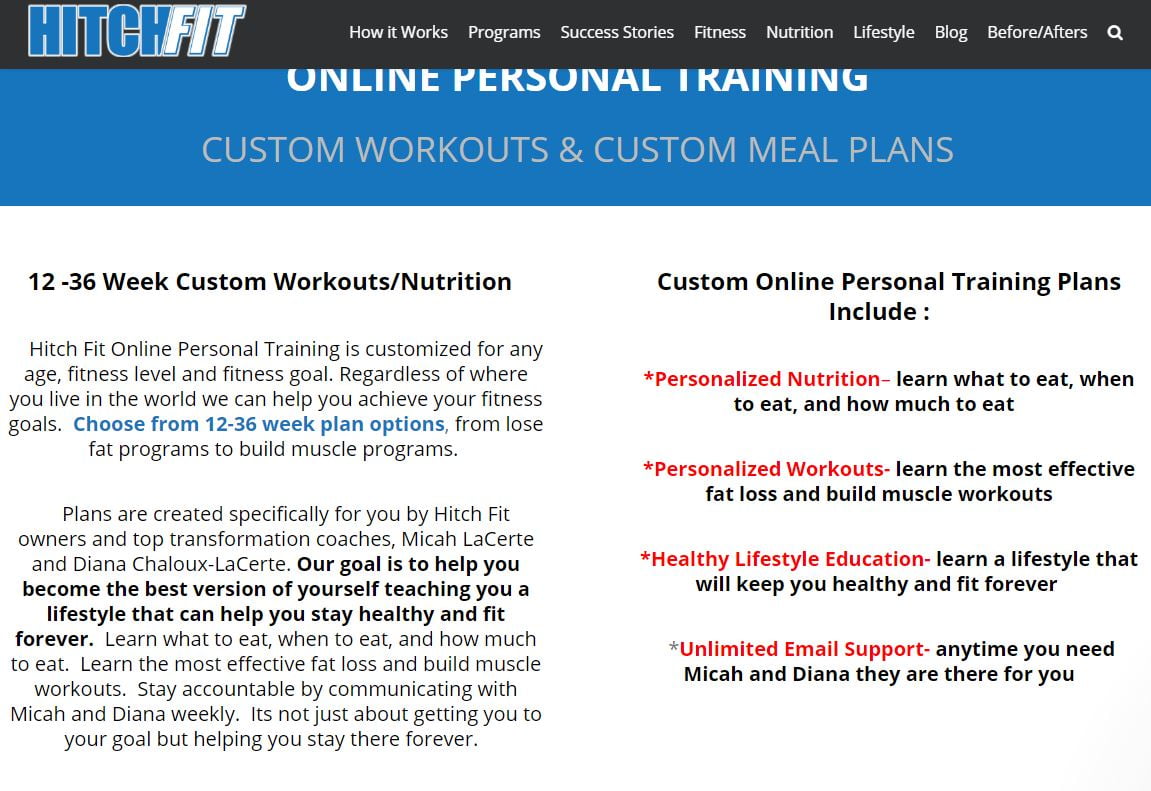
They sell personalized diet and workout plans. That’s a feature of their service.
However, the benefits include:
- Knowing what, when, and how much to eat.
- Learning the most effective fat loss and build muscle workouts.
- Understanding how to stay healthy and fit forever.
- Unlimited support for help.
That’s what customers want deep down inside. It’s what they care about.
Describe the benefits of what you’re selling and I’d be shocked if you didn’t see a jump in conversions.
4. Urgency and scarcity always works
Remember what I taught you about fear earlier?
Keep that in mind.
It plays a role in this next emotional copywriting strategy.
There are two techniques that stem from eliciting a sense of fear which are urgency and scarcity.
They’re very similar and get mixed up, so listen closely.
Urgency is making customers feel they need to take action quickly.
Scarcity, on the other hand, is the belief there is a lack in supply of a product.
Both can be intermingled or stand-alone concepts.
One way to leverage these strategies to create emotion is through limited-time offers.
Imagine you log onto your favorite online store.
And, look! They have a 50% off sale! 🙂
Uh oh. It only lasts for another 24 hours…
You might feel compelled to buy something soon before missing out.
Best Buy does this with their product sales all of the time.
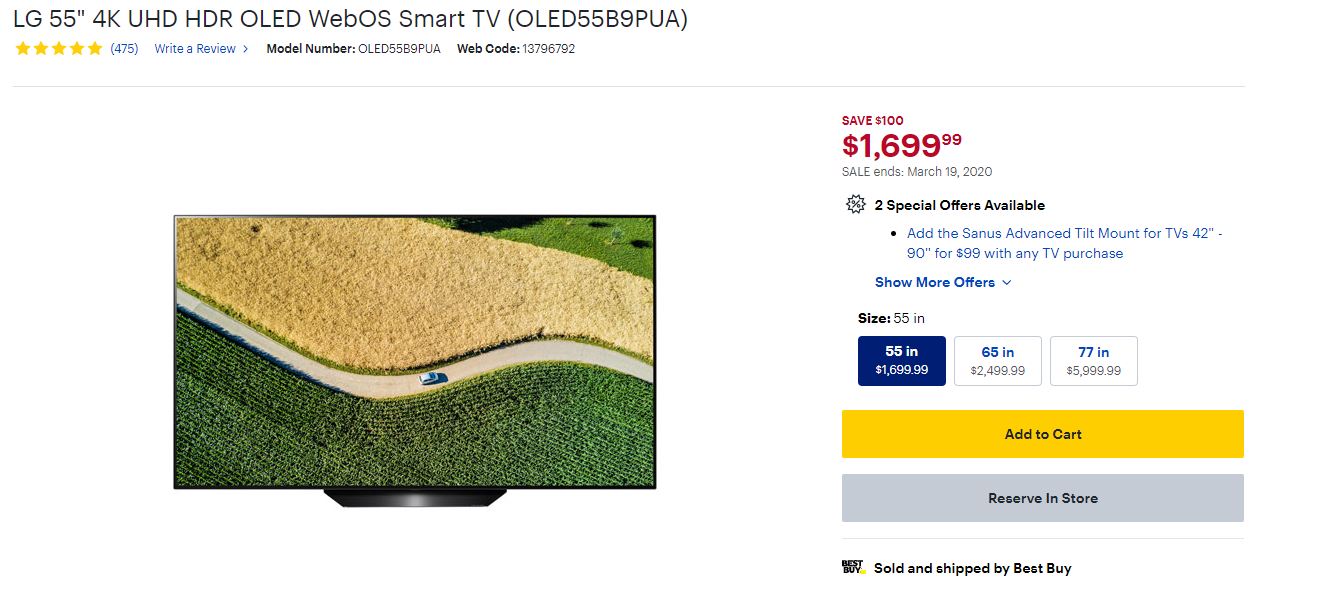
It clearly states how much you’ll save in red text and when the promotion ends below. that
Similarly, you can create a sense of scarcity by emphasizing low inventory and lack of supply.
Now, of course, it needs to be legitimate.
Unless you like knocks on your door from the FTC. (Not recommended.)
Instead, take notes from Rove Concepts.
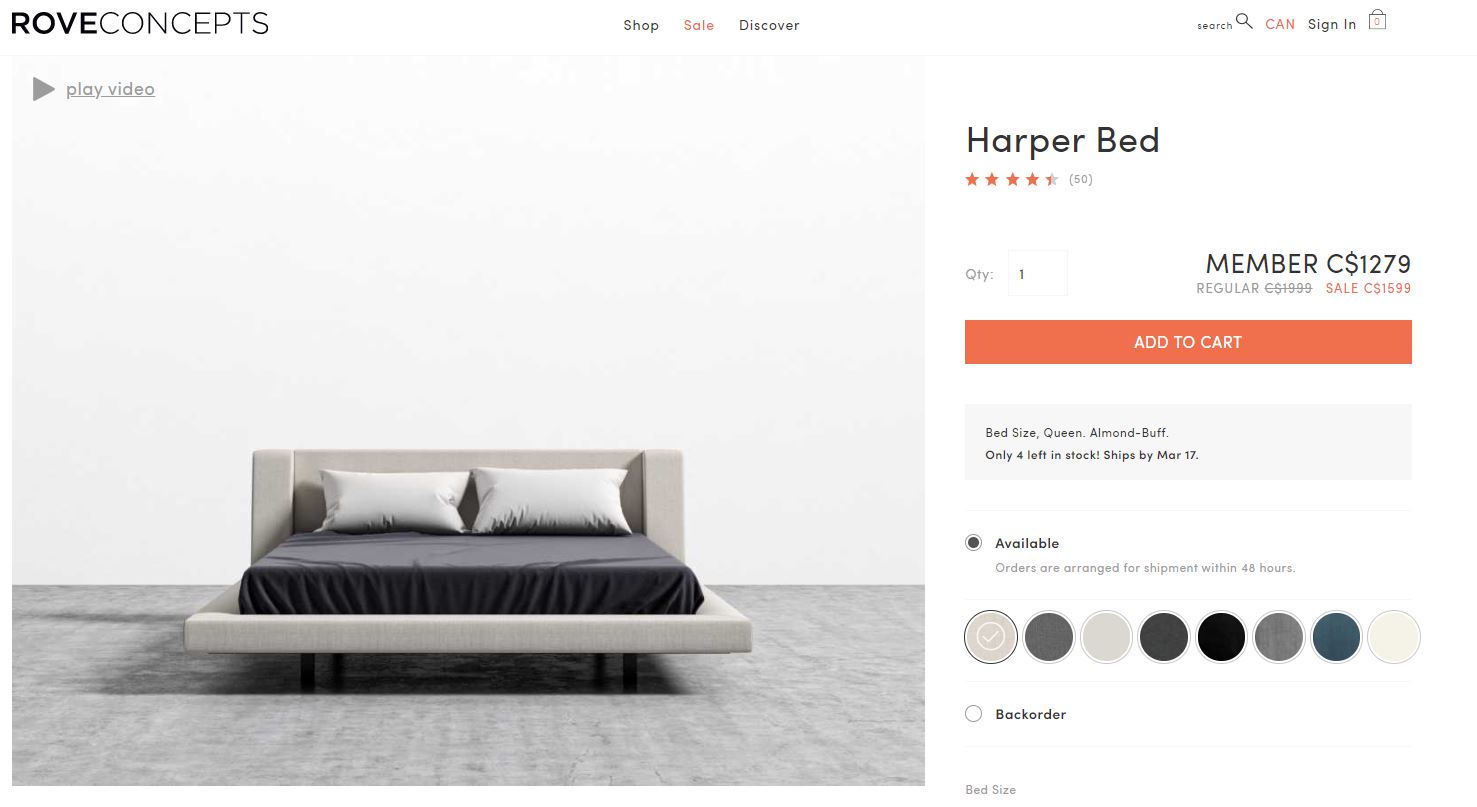
On the product page for this modern contemporary bed (looks comfy), it says “Only 4 left in stock!”
This creates a sentiment of lack.
If you’re in the market for Italian designed contemporary beds, you’ll be itching to take out your bank card.
5. Storytelling creates deep connections
Before language or any modern form of communication, we used stories.
Think of cavemen painting art on walls.
Or, why we all enjoy sitting around a fire telling stories.
Something deep down in all of us loves these things.
They’re emotional, captivating, and fascinating.
They involve villains, triumphs, mystery, and obstacles.
It’s also why they’re incredible in copywriting.
In fact, they have so many impactful effects on the brain, including:
- Increased attention and focus.
- Neurotransmitters releases like serotonin and dopamine.
- Readers reflect and themselves in the story.
- The cortex becomes much more active.
Check out this infographic to see what I mean:
And, how can you use stories in copywriting?
Firstly by telling a story of yourself.
We all want to connect with another human, not a computer or bot.
It makes your promotion and writing appear much more unique and genuine.
It creates trust. Vulnerability. Transparency.
Here’s a neat lesson from a financial self-help company:
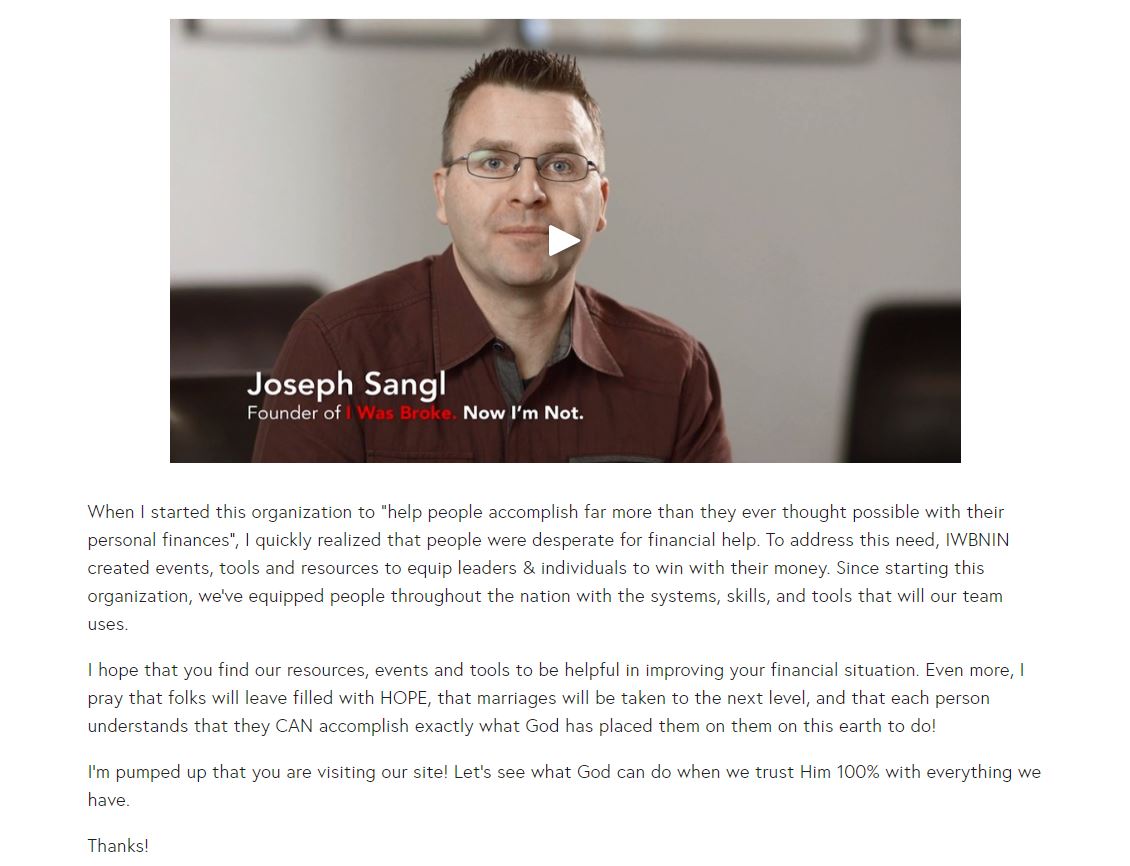
The about page has a video and quote from the founder about why he started the organization.
It involves being financially unstable in the past, wanting to help others succeed, and changing the world.
Secondly, don’t underestimate reviews and testimonials.
After all, they’re stories!
It’s a customer explaining their experience with a problem, finding a solution, and overcoming obstacles.
It also helps increase conversions which is never a bad thing. 😉
Final thoughts on emotional copywriting
Effective sales copy is emotional.
Deep down all customers are buying something to create or solve certain emotions.
Aligning with these feelings will make copy irresistible, money-producing, and entertaining.
It begins with helping customers imagine the product in their hands by explaining it in vivid detail.
Then, create a sense of fear if it’s appropriate. This is done through scarcity and urgency.
Defining the benefits of a product allows them to feel the associated emotions it would create, too.
Lastly, be a storyteller.
Use stories to connect with readers and help them see themselves within the tale.
What are you waiting for? Try these techniques in your next promotion and see the rights for yourself!















